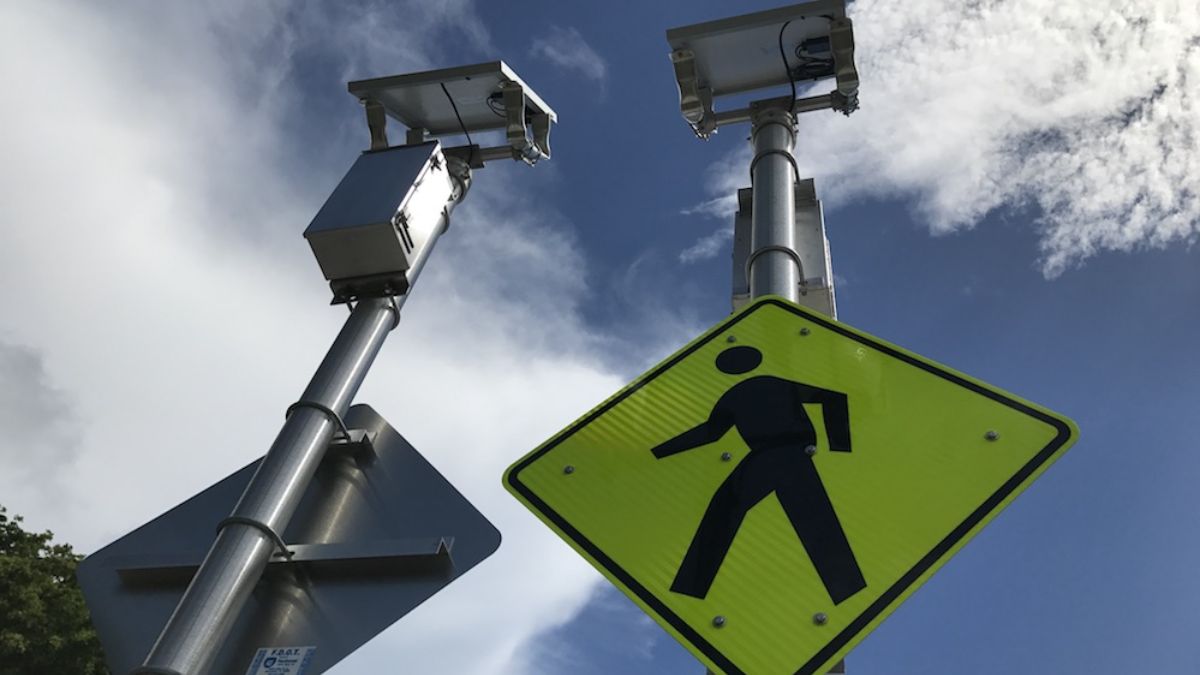Necessary Always Active
Necessary cookies are required to enable the basic features of this site, such as providing secure log-in or adjusting your consent preferences. These cookies do not store any personally identifiable data.
|
||||||
|
||||||
|
||||||
|

The U.S. Federal Highway Administration (FHWA) has issued a detailed security advisory cautioning that hidden radios in solar-powered highway infrastructure may expose transportation systems to significant national security threats. According to Reuters, undocumented cellular radios were discovered embedded within inverters and battery management systems foreign-manufactured components. The advisory emphasizes that these unauthorized components could be used for remote data transmission and surveillance, raising concerns about the integrity of U.S. highway networks.
The security advisory, released by FHWA on August 20, 2025, specifically addresses infrastructure components such as electric vehicle chargers, weather stations, traffic cameras, variable message signs, and solar-powered lighting. Many of these devices are powered by integrated solar panels and connected to remote networks to support data-driven traffic management and real-time environmental monitoring.
The FHWA investigation found that some inverters and battery systems contained unauthorized communication devices in highways, including hidden cellular radios capable of transmitting data to unknown external parties without operator consent. These radios were typically embedded deep within the equipment’s hardware and went undetected during standard inspections.
Major Technical Discoveries Identified:
An FHWA official explained, “The presence of undocumented radios in critical highway infrastructure represents a significant breach of cybersecurity protocols. These devices could undermine the safety and reliability of our transportation networks” in an agency press release.
The advisory recommends that transportation agencies across all U.S. states conduct spectrum analysis on installations of solar-powered highway infrastructure. This diagnostic approach helps detect unauthorized communication signals and identify hidden radios. Agencies are also advised to immediately remove any such devices and adopt stricter procurement and auditing practices to prevent future occurrences.
The discovery of these hidden radios in solar-powered highway systems has heightened concerns about national security risks in solar infrastructure, particularly for state transportation agencies and private-sector contractors. As solar-powered infrastructure becomes increasingly popular due to environmental and energy efficiency goals, its security vulnerabilities remain under intense scrutiny.
With reliance on foreign-manufactured equipment rising, the risk of incorporating embedded devices in solar panels with hidden functions becomes a tangible concern.
In addition to the FHWA advisory, the U.S. Commerce Department has proposed stringent new regulations designed to limit the import of Chinese-manufactured vehicles and infrastructure technology. These measures aim to mitigate potential espionage risks, reflecting a broader national effort to secure critical technology supply chains.
For infrastructure operators, key action steps include:
Industry experts say this likely reflects a systemic challenge in the global supply chain for energy infrastructure, where some foreign suppliers may embed undisclosed components. In May, 2025, Waaree Solar Americas Inc., the U.S. arm of India’s Waaree Energies Ltd., announced a fresh investment of $200 million in the United States.
The FHWA’s security advisory brings attention to the growing importance of securing solar-powered traffic cameras security and other solar-based infrastructure against hidden threats. As U.S. transportation networks increasingly integrate renewable energy solutions, the discovery of hidden radios in solar-powered highway equipment signals a need for more robust procurement oversight and continuous security evaluation.